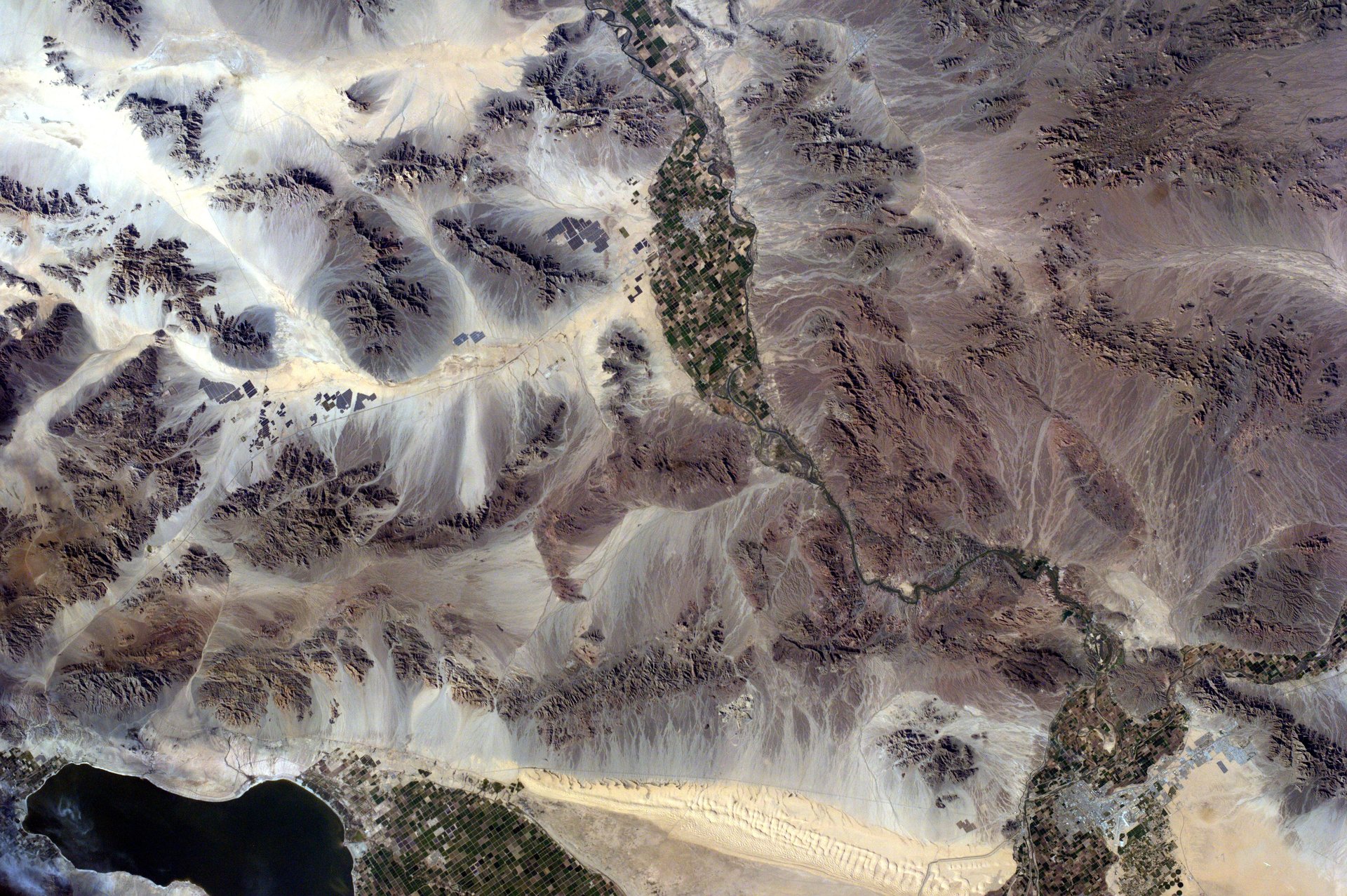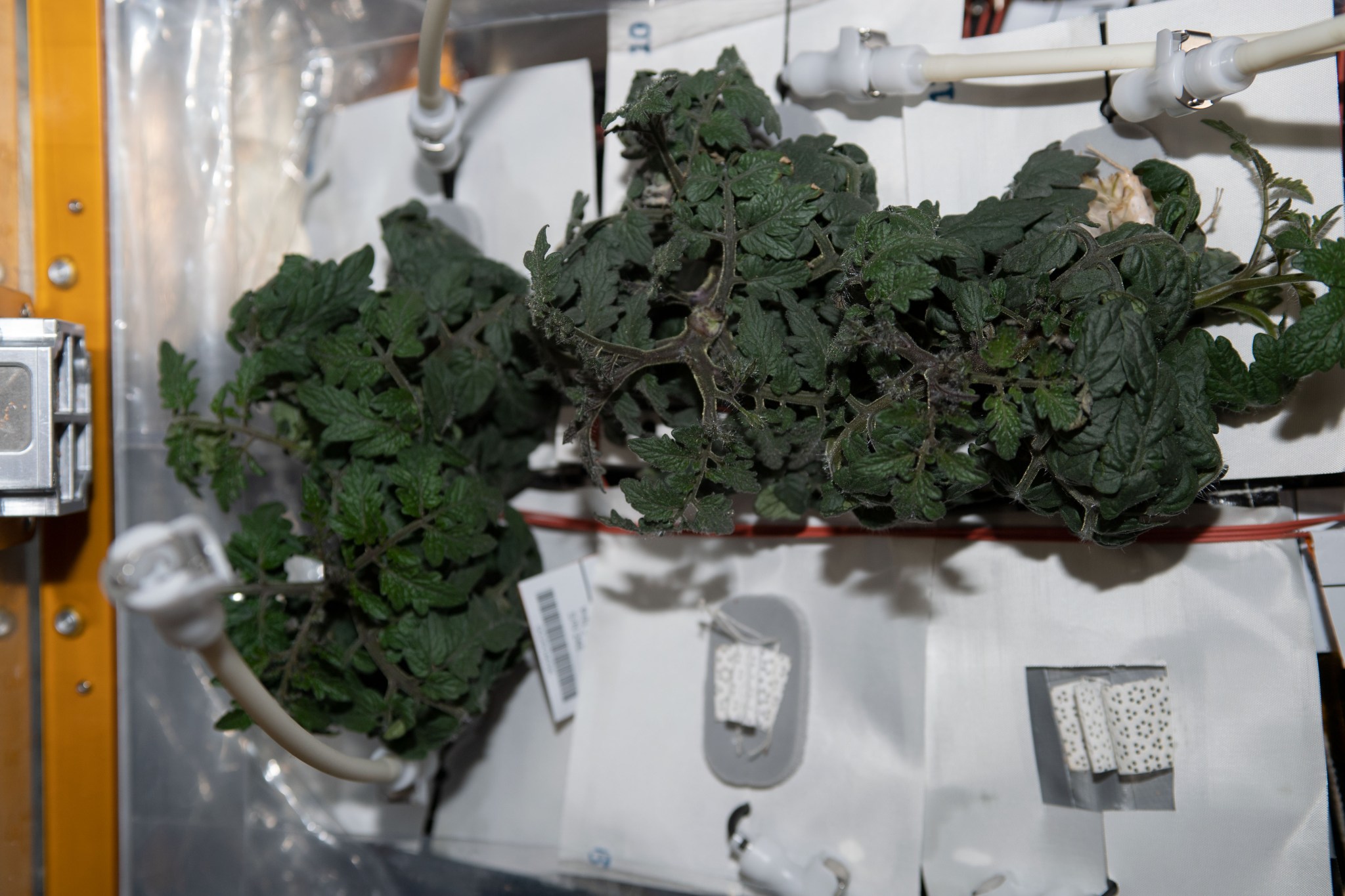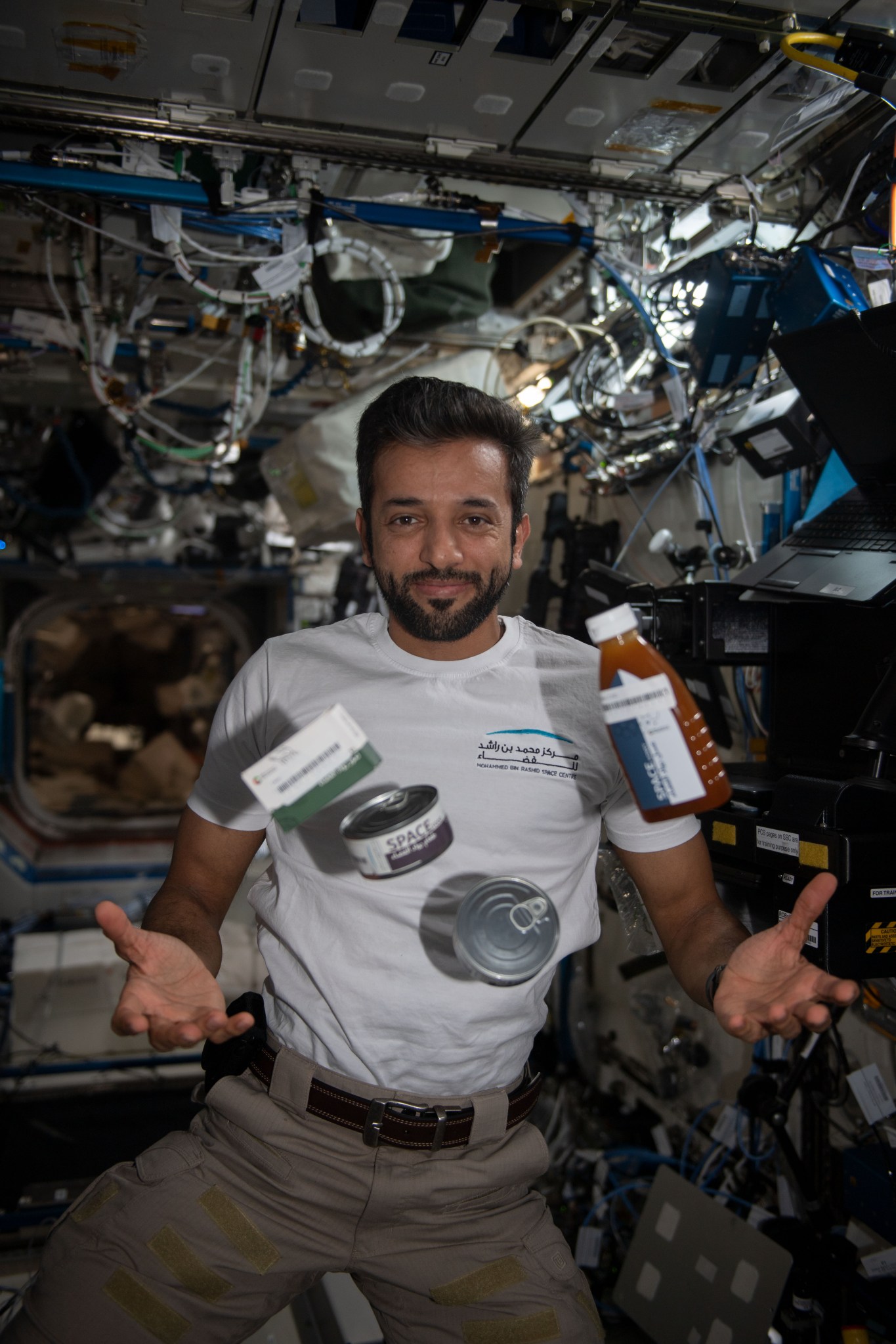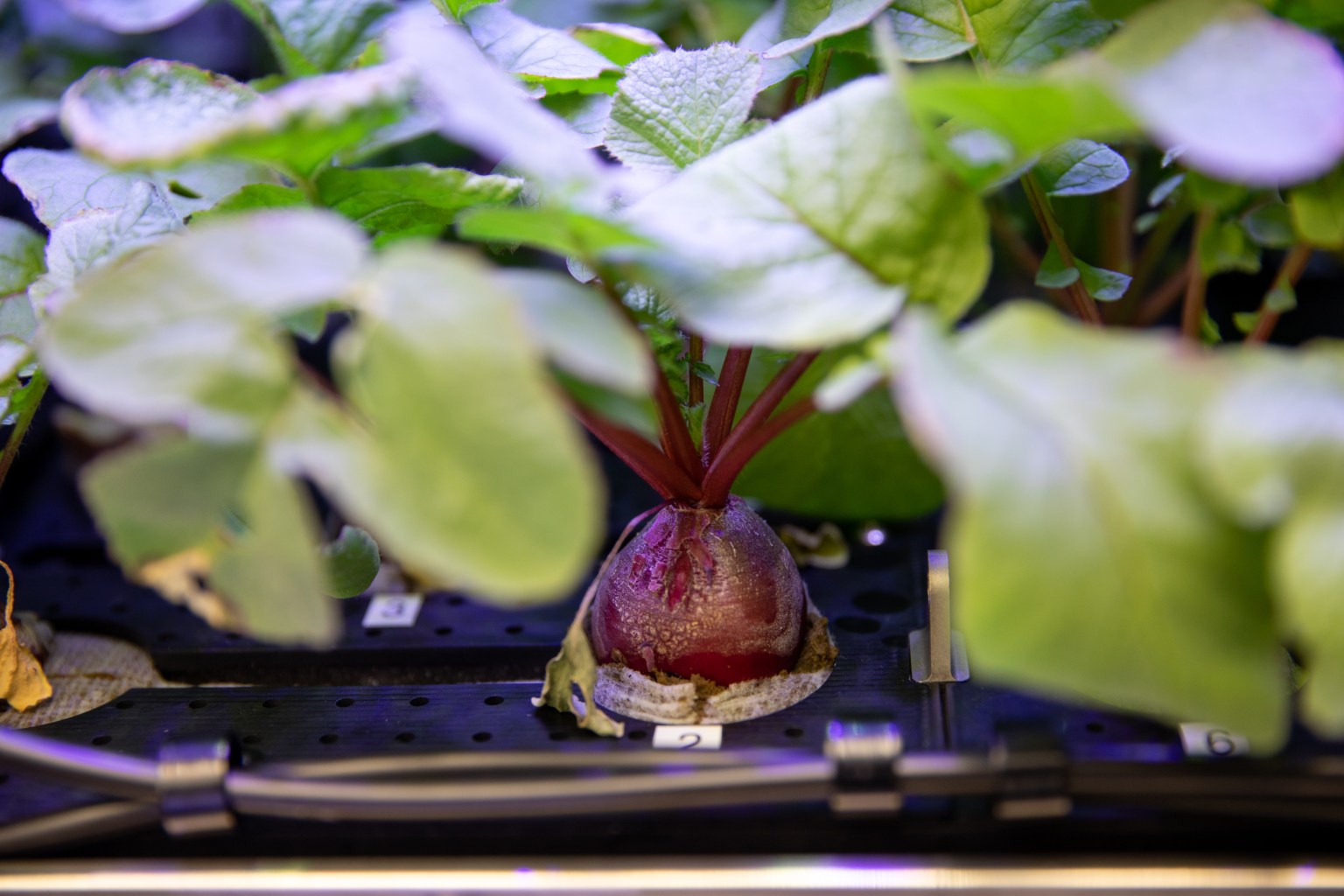Crew members aboard the International Space Station conducted scientific investigations during the week of April 10 that included taking student-requested images of Earth, examining the benefits of live plants on the space station, and determining the effects of an enhanced diet during spaceflight. The SpaceX 27th resupply mission ends when Dragon undocks from the station on Saturday, returning scientific samples back to Earth.
Here are details on some of the microgravity investigations currently taking place aboard the orbiting lab:
A Unique View of Earth
The Sally Ride EarthKAM program, sponsored by the ISS National Lab, lets students remotely control a digital camera on the space station to photograph interesting features and phenomena on Earth. The experience provides students and educators the opportunity to participate in a space mission and to develop teamwork, communication, and problem-solving skills. Participating students learn about spacecraft orbits and check weather forecasts before requesting desired images. The EarthKAM team posts the images online for viewing by the public and participating classrooms. During the week, crew members set up and activated the camera to capture requested images.
The Benefits of Plants
HRF Veg examines the behavioral health benefits of having live plants and fresh food in space. Crew members complete surveys on their mood after interacting with live plants and, when produce from different plant investigations is available, rate its flavor, texture, and other qualities. The investigation is part of a NASA research project called the Pick-and-Eat Salad-Crop Productivity, Nutritional Value, and Acceptability to Supplement the ISS Food System, which studies growing plants to provide fresh food and enhance the overall living experience for crew members on future long-duration missions. During the week, crew members completed questionnaires for the investigation.
You Are What You Eat
Food Physiology characterizes how an enhanced spaceflight diet affects immune function, the gut microbiome, and nutritional status indicators. Few human studies document simultaneous changes in multiple physiological systems related to diet, as it is complex and difficult to accurately monitor dietary intake over long periods. Results could provide guidance for using targeted, efficient dietary interventions to maintain crew health and performance and food system requirements to support these interventions. Insights and analyses from this study also could have significant scientific and medical applications for people on Earth. Crew members collected samples for the investigation during the week.
Other Investigations Involving the Crew:
- Engineered Heart Tissues-02, sponsored by the ISS National Lab, assesses human cardiac function in microgravity and tests new therapies to prevent these potentially harmful changes. Results could help protect humans on future extended missions in space.
- BFF-Meniscus-2 compares 3D-printed meniscus-like constructs bioprinted in space and on Earth. The constructs resemble knee cartilage tissue. The capability to bioprint tissue such as knee cartilage could benefit those who experience musculoskeletal injuries on future space missions and on Earth.
- Cardinal Heart 2.0, sponsored by the ISS National Lab, tests drugs to reduce changes in heart cell function in space. Results could support development of effective drug combinations to improve the health of astronauts and patients on Earth.
- ISS Ham Radio provides students, teachers, and others the opportunity to communicate with astronauts using amateur radio units. Before a scheduled call, students learn about the station, radio waves, and other topics, and prepare a list of questions based on the topics they have researched.
- Sphere Camera-1, sponsored by the ISS National Lab, evaluates the performance of a commercial, off-the-shelf, ultra-high-resolution camera in microgravity. Results ultimately could support design and development of cameras with greater resolution, detail, and sharpness for imaging needs on future exploration missions, including to the Moon and Mars.
- Plant Habitat-03 assesses whether epigenetic adaptations in one generation of plants grown in space can transfer to the next generation. Results could provide insight into how to grow repeated generations of crops to provide food and other services on future space missions.
- Rhodium DARPA Biomanufacturing 01, sponsored by the ISS National Lab, examines gravity’s effects on the production of drugs and nutrients from bacteria and yeast. Results could help improve biomanufacturing in space to supply future missions.
John Love, ISS Research Planning Integration Scientist
Expedition 69































